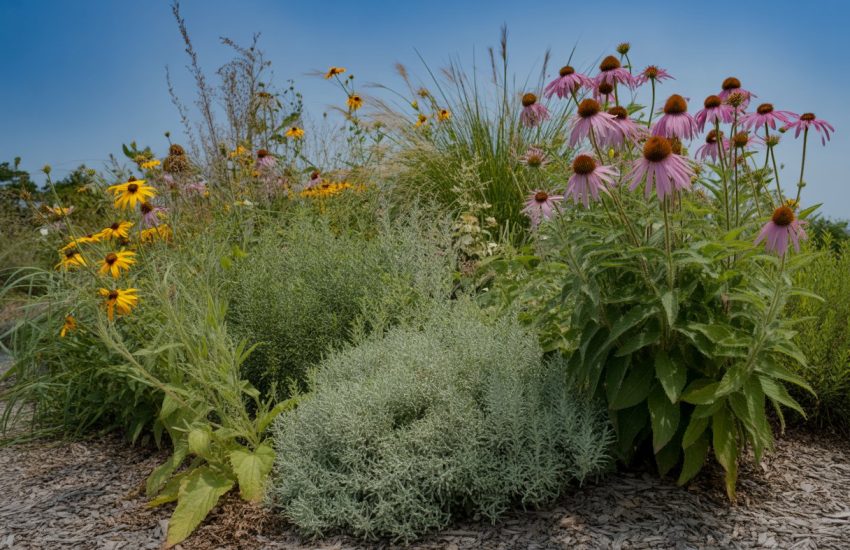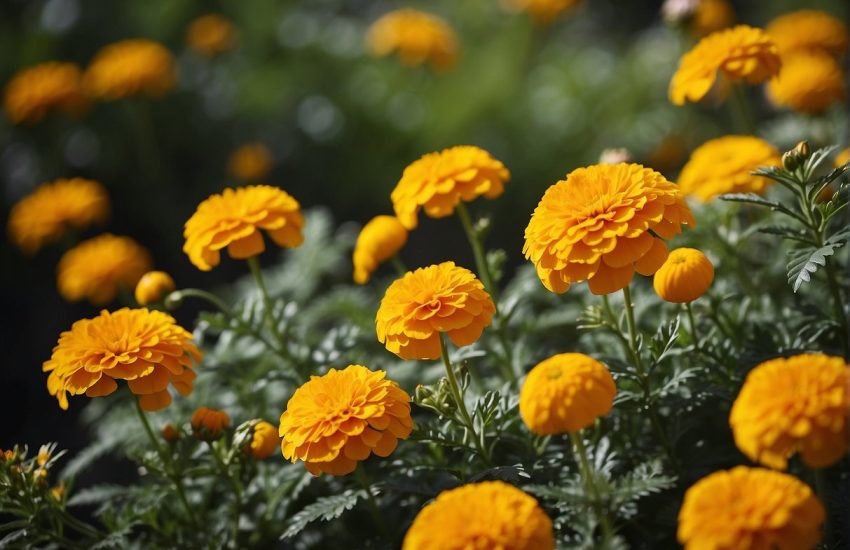Flowers That Look Like Impatiens: A Guide to Identifying Similar Blooms
There are many flowers that share a similar appearance to impatiens, one of the most popular annuals for gardeners. Impatiens are known for their bright and colorful petals that bloom in shades of pink, red, white, and orange. However, there are other flowers that can mimic the appearance of impatiens, making them a great alternative for those who are looking for a similar look.

Some of these flowers that look like impatiens include the New Guinea impatiens, which is a hybrid of the traditional impatiens plant. The New Guinea impatiens has larger flowers and leaves, and they come in a wider range of colors. Another flower that resembles impatiens is the torenia, also known as the wishbone flower. Torenia flowers have a similar shape to impatiens, but they come in shades of blue, purple, and pink.
In addition to annuals, there are also perennials that can mimic the appearance of impatiens. One such flower is the bleeding heart, which has heart-shaped flowers that bloom in shades of pink and white. Another option is the columbine, which has delicate, bell-shaped flowers that come in a variety of colors. With so many options available, gardeners can easily find flowers that look like impatiens to add to their garden.
Identifying Impatiens Look-Alikes

When it comes to identifying impatiens look-alikes, there are several plants that can be easily mistaken for impatiens. Here are some of the most common ones:
Begonias
Begonias are a popular flowering plant that can be found in many gardens. They have similar-shaped leaves to impatiens, but the blooms are larger and have a different shape. Begonias come in a wide range of colors, including shades of pink, and are often grown in containers or hanging baskets.
New Guinea Impatiens
New Guinea impatiens are a close relative of regular impatiens and can be difficult to tell apart. However, New Guinea impatiens have larger, more vibrant blooms and can come in a wider range of colors. They also have slightly different leaves than regular impatiens.
Torenia
Torenia, also known as the wishbone flower, has trumpet-shaped blooms that are similar to impatiens. However, the leaves are different, with a more pointed shape. Torenia comes in a wide range of colors and is often grown in containers or hanging baskets.
Garden Phlox
Garden phlox is a tall, upright plant that can be mistaken for impatiens from a distance. However, they have much larger blooms and the leaves are different. Garden phlox comes in a wide range of colors, including shades of pink, and is often grown in borders or as a cut flower.
Overall, it’s important to pay close attention to the shape of the leaves and blooms when identifying impatiens look-alikes. While several plants may have similar-looking blooms, the leaves can be a telltale sign of a different plant.
Cultivation and Care
Soil Requirements
Flowers that look like impatiens are easy to care for and do well in moist, well-drained soil. They prefer a slightly acidic soil with a pH between 6.0 and 6.5. If the soil is heavy, it should be amended with perlite or vermiculite to improve drainage. Adding organic matter such as compost or mulch can also improve soil quality.
Sunlight and Shade
These flowers prefer partial sun to full shade. They can tolerate some direct sun but do best in areas with filtered light. In hot climates, they may require more shade to prevent wilting. If grown indoors, they should be placed near a bright window but not in direct sunlight.
Watering and Fertilization
Flowers that look like impatiens require regular watering to keep the soil moist but not waterlogged. They do not tolerate drought well and may wilt if not watered frequently. Fertilization is not necessary but can be beneficial if done sparingly. A balanced fertilizer should be applied every 4-6 weeks during the growing season.
Overall, these flowers are easy to care for and do not require a lot of maintenance. They are drought-tolerant and heat-tolerant, making them a great choice for any garden. However, they are susceptible to downy mildew, so it is important to keep the foliage dry and avoid overcrowding the plants. With proper care, these flowers will bloom all season long and add a vibrant splash of color to any landscape.


